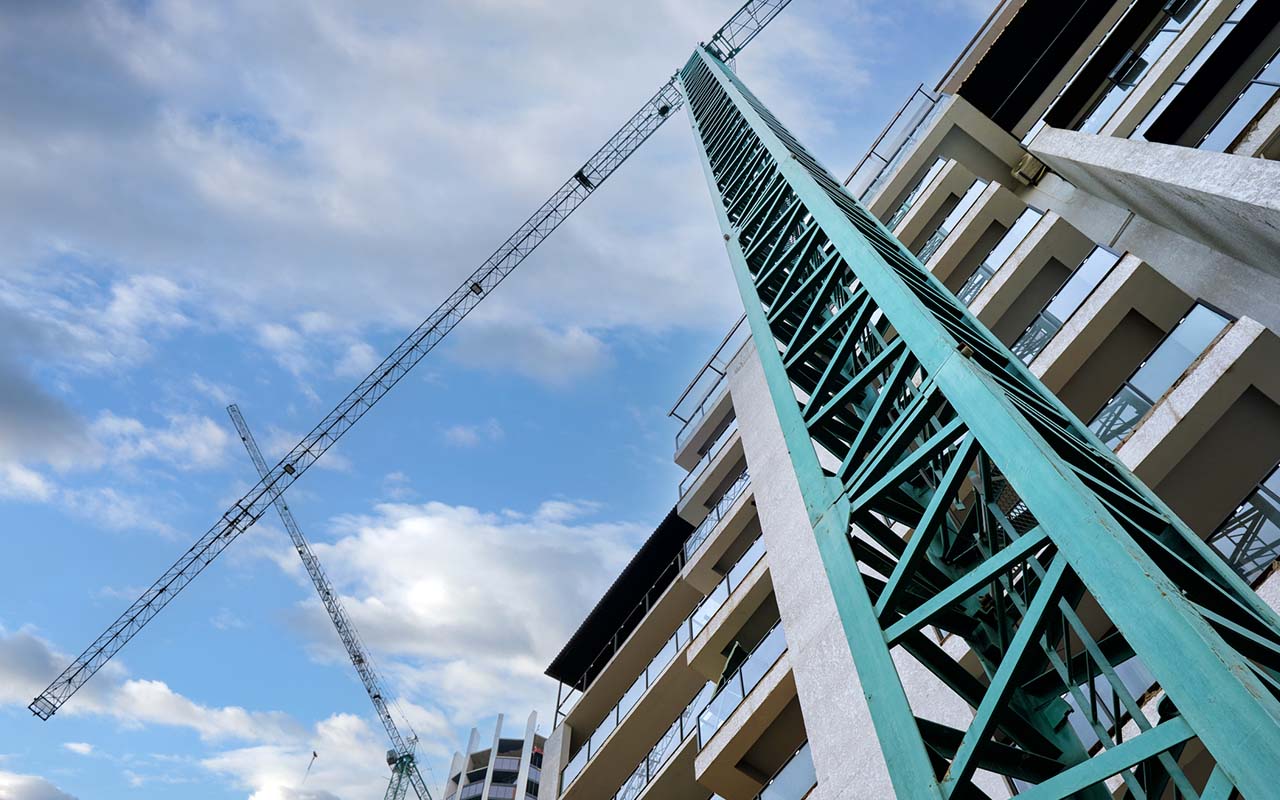Oct. 15, 2025
Post-Purdue Clarity: Narrow Readings of Settlement Bar Orders Under Section 105(a)
In Harrington v. Purdue Pharma L.P., the Supreme Court issued a landmark ruling holding that “the bankruptcy code does not authorize a release and injunction that, as part of a plan of reorganization under Chapter 11, effectively seeks to discharge claims against a nondebtor without the consent of affected claimants.” 603 U.S. 204, 227 (2024). [1] In the wake of Purdue, bankruptcy courts have been grappling with questions the decision left unanswered.
As explored in prior Red Zone analyses, courts have largely confined Purdue to its facts—rejecting attempts to extend its reach beyond nonconsensual third-party releases in Chapter 11 plans. For example:
- Section 363 Sales: Courts have held that Purdue does not bar releases tied to “free and clear” asset sales. Purdue Does Not Bar Injunctions in Section 363 Sales, Says Recent Bankruptcy Decision
- Boy Scouts Ruling: The Third Circuit upheld a plan with nonconsensual releases, noting it would now be “unconfirmable” under Purdue but protected by section 363(m). Purdue Does Not Bar Injunctions in Section 363 Sales, Says Recent Bankruptcy Decision
- Chapter 15 Cases: Courts continue to enforce foreign-approved third-party releases, distinguishing Chapter 15 from Chapter 11. Chapter 15-Related Rulings: Trends and Practical Lessons for Cross-Border Restructurings
One open question post-Purdue is whether a bankruptcy court may, as part of approving a settlement, issue a bar order that enjoins non-settling parties from asserting related claims against settling defendants. In this post, we examine whether, as part of a settlement, a bankruptcy court may issue a bar order enjoining non-settling third parties pursuant to section 105(a) of the Bankruptcy Code.
The Eleventh Circuit’s Framework: In re Munford
In the Eleventh Circuit, the seminal case on this issue is Munford v. Munford, Inc. (In re Munford, Inc.), 97 F.3d 449 (11th Cir. 1996).
There, the debtor sued multiple defendants over an insolvency opinion tied to a leveraged buyout. The settling defendant offered to settle in exchange for a bar order prohibiting the remaining non-settling defendants from pursuing indemnification or contribution claims against it. The bankruptcy court approved the settlement, reasoning that section 105(a), together with Federal Rule of Civil Procedure 16, provided “ample authority” to issue such a bar order. Id. at 455. The Eleventh Circuit affirmed, holding that the order was within the bankruptcy court’s equitable powers to facilitate settlement and promote the efficient administration of the estate.
The U.S. Trustee’s Post-Purdue Argument
Following Purdue, the U.S. Trustee has consistently taken the position that Munford was implicitly overruled. In so doing, the U.S. Trustee relies on a comment, relegated to a footnote, where the Supreme Court stated that section 105(a) “alone cannot justify” nonconsensual third-party releases, as the provision merely allows a court to “carry out” authorities expressly conferred elsewhere in the Bankruptcy Code—not to create new substantive powers. 603 U.S. at 216 n.2. [2]
According to the U.S. Trustee, because Munford was premised on section 105(a) and a federal rule of procedure, the decision cannot survive Purdue’s statement that section 105(a) is not an independent source of authority and may only be used in tandem with authority expressly conferred elsewhere in the Bankruptcy Code.
Thus far, however, the bankruptcy courts that have considered the issue have not been convinced. A recent decision by Judge Geyer in In re Commercial Express, 670 B.R. 573 (Bankr. M.D. Fla. 2025), provides a thorough examination of the issue.
A Case Study: In re Commercial Express
Commercial Express involved a Chapter 7 debtor, a trucking company, facing multiple tort claims after a fatal accident. With limited assets—only $26,000—the estate’s primary potential recovery lay in its insurance policies. The trustee reached separate settlements with two insurers, Progressive and Fortegra. Both settlements included bar orders enjoining third-party claims against the insurers, and the only objection came from the U.S. Trustee.
The Fortegra settlement was structured as a sale under section 363(f), in which Fortegra purchased its policy “free and clear” of claims, conditioned on the bar order. The court found the bar order consensual, emphasizing that all affected parties had received notice and failed to object. Citing post-Purdue authority, Judge Geyer held that Purdue does not prevent bankruptcy courts from issuing injunctive relief necessary to monetize insurance policies. [3]
The Progressive settlement, by contrast, relied solely on section 105(a). The court nonetheless upheld the bar order, reasoning that section 704(a) imposes a statutory duty on a Chapter 7 trustee to liquidate estate property, and section 105(a) may be used in support of that duty. Thus, section 105(a) was not acting “alone.” The court again deemed the bar order consensual due to the absence of objections.
Reconciling Munford and Purdue
Judge Geyer carefully distinguished Munford from Purdue, emphasizing that the two cases arose in vastly different contexts. Purdue involved a sweeping release benefiting “hundreds, if not thousands” of Sackler family members—effectively a discharge—whereas Munford concerned a narrow, settlement-related injunction limited to contribution and indemnity claims.
Given these distinctions, the court held that Purdue was not “clearly on point” to Munford and accordingly did not overrule it as circuit-level precedent. [4]
Judge Geyer’s opinion underscores a critical distinction: Purdue addressed sweeping, nonconsensual releases akin to a discharge, while Munford involved a targeted injunction facilitating a specific settlement. This contextual nuance supports the conclusion that Purdue does not abrogate Munford.
The Road Ahead
While many questions remain about Purdue’s long-term implications, a clearer pattern is emerging: courts are reading the decision narrowly, confining its reach to the specific facts and procedural posture before the Supreme Court.
Commercial Express reinforces a pragmatic trend—bankruptcy courts remain willing to approve narrowly tailored injunctions that facilitate settlements, preserve estate value, and serve the Bankruptcy Code’s fundamental goal of equitable distribution.
As appellate courts begin to engage with these issues, the key question will be whether this restrained approach endures—or whether Purdue will evolve into a broader constraint on the equitable powers of bankruptcy courts.
Nelson Mullins attorneys are deeply experienced in navigating the evolving landscape of bankruptcy law—including the nuanced implications of Purdue on third-party releases and settlement bar orders. For tailored guidance, reach out to our Bankruptcy and Financial Restructuring team at nelsonmullins.com
[1] For prior coverage on Purdue, see Purdue Pharma Plan Blocked, Supreme Court Bars Third-Party Releases in Bankruptcy.
[2] As the Supreme Court stated:
The Sacklers suggest that, if 11 U.S.C. § 1223(b) does not permit a bankruptcy court to release and enjoin claims against a nondebtor without the affected claimants’ consent, § 105(a) does. That provision allows a bankruptcy court to “issue any order, process, or judgment that is necessary or appropriate to carry out the provisions of” the bankruptcy code. As the Second Circuit recognized, however, “§ 105(a) alone cannot justify” the imposition of nonconsensual third-party releases because it serves only to “carry out” authorities expressly conferred elsewhere in the code. Purdue concedes this point, as do several other plan proponents. Necessarily, then, our focus is on § 1123(b)(6).
Id. (internal quotations omitted).
[3] As Judge Geyer noted: “The Court is not the first to determine bar orders are still permitted when necessary to a sale or settlement concerning property of the estate. At least three other bankruptcy courts concluded Purdue does not preclude them from entering injunctive relief in the form of a bar order when necessary to monetize a debtor’s insurance policies.” Id. at 586 (citing In re Hopeman Bros., Inc., 667 B.R. 101, 106 (Bankr. E.D. Va. 2025) (recognizing that “injunctions and releases have long accompanied ‘free and clear’ sales in bankruptcy”); In re Bird Global, Inc., No. 1:23-bk-20514-CLC (Bankr. S.D. Fla. Aug. 2, 2024) (approving bar order and channeling injunction related to insurance settlement agreements), order den. emergency mot. stay confirmation order pending appeal, No. 1:24-CV-23086-RAR, Doc. No. 35 (S.D. Fla. Aug. 21, 2024); Roman Cath. Diocese of Rockville Ctr., 665 B.R. 71, 88 (Bankr. S.D.N.Y. 2024) (noting courts routinely approve injunctive relief as part of a free and clear sale pursuant to section 363(f) without an adversary proceeding and approving settlement agreement with releases and injunctions, overruling United States Trustee’s objection that Purdue precludes such relief).
[4] Indeed, as the Supreme Court stated, its decision in Purdue was limited to the issue before it, i.e., whether nonconsensual non-debtor releases may be included in Chapter 11 plans: “As important as the question we decide today are ones we do not. . . . Confining ourselves to the question presented, we hold only that the bankruptcy code does not authorize a release and injunction that, as part of a plan of reorganization under Chapter 11, effectively seeks to discharge claims against a nondebtor without the consent of affected claimants.” 603 U.S. at 227 (emphasis added).









